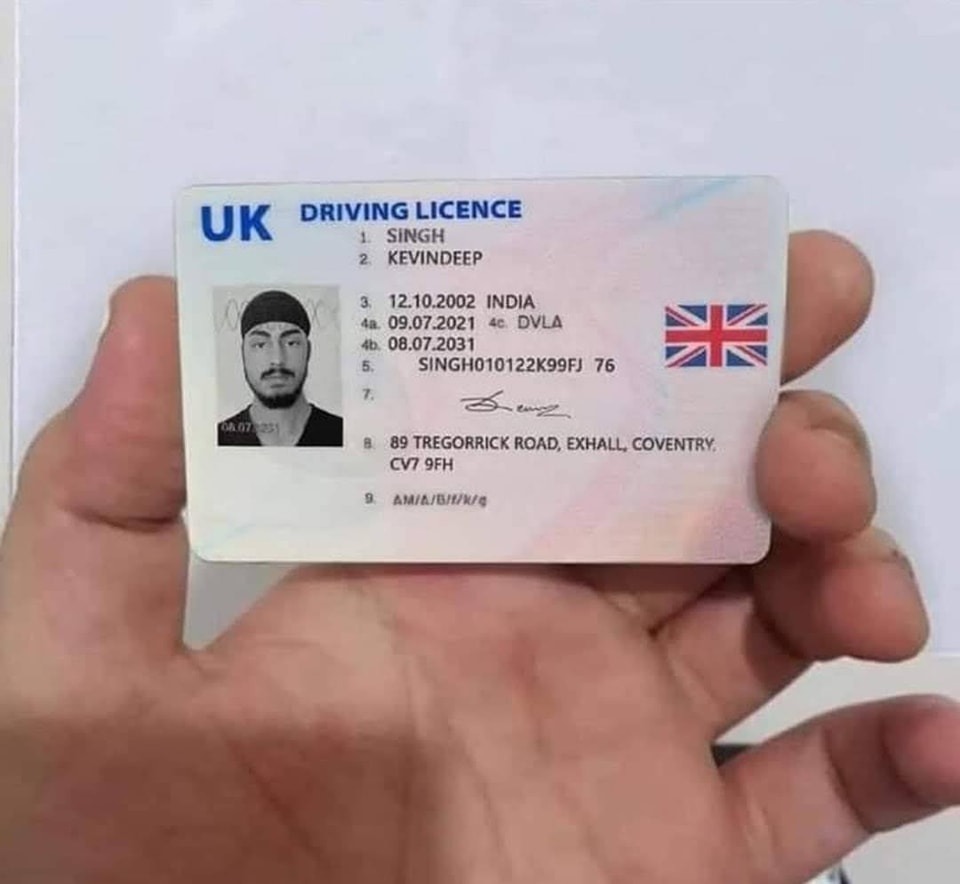Authentic UK Driving License
About Us
For our customers we offer active and reliable driving licenses. Cum Guards professional drivers have a valid driving license and can also handle emergency situations efficiently. We offer the best quality. Buy a real driving license, We produce the best driving licenses online

Why choose us?
One of the biggest difficulties in Europe in the 21st century is getting a driving license. This battle, when most of us approach it, sometimes look at what has already been won and ignore all the difficulties that we will encounter along the way, from surveillance to obtaining the precious document, obviously through the well-known test drives approved by schools. But most of us do not finish this fight because of the many difficulties that are found along the way, because the path is difficult, full of pitfalls and sometimes injustice and a lot of subjectivity. This is the true definition of getting a legal driving license in Europe and Uk.
Understanding the UK Driving Licence: A Simple Guide
In case you’re trying to figure out everything about the UK driving licence, you’re in the right place! Whether you’re applying for your first licence, upgrading to a full one, or just curious about how it all works, this guide will break it down in a clear and relatable way.
Items on the Front of a UK Driving Licence?
Every UK driving licence has different sections that contain important information. Each section is marked with a number, and here’s what they mean:
Surname – Your last name.
First name(s) – Your given name(s).
Date and place of birth – Your birth date and the country you were born in. 4a. Date of issue – The date your licence was issued. 4b. Expiry date – The date your licence will expire. 4c. Issuing authority – The agency responsible for your licence (usually the DVLA).
Driving licence number – A unique code based on your personal details.*
Photograph – Although not numbered, this is an essential part of your licence.
Signature – Your personal signature.
Address – The home address linked to your licence.
Vehicle categories – The types of vehicles you’re allowed to drive.
*Your driving licence number is created using:
The first five letters of your last name.
Your birth year, month, and day (arranged in a specific format).
The initials of your middle names (or a ‘9’ if you only have one middle name).
Additional numbers assigned by the system, including your licence issue number.
What’s on the Back of a UK Driving Licence?
The back of your licence contains a table with four columns, each providing key details about your driving privileges:
1- Column 9 – The type of vehicle you’re allowed to drive, with a code and an image for reference.
2-Column 10 – The date from which you are licensed to drive that type of vehicle.
3-Column 11 – The date your licence for that vehicle category expires.
3-Column 12 – Special driving codes that apply to you (e.g., ‘115’ means you’re an organ donor).
Understanding Driving Licence Categories
Your driving licence doesn’t just say you can drive; it specifies exactly what types of vehicles you are allowed to operate. These categories include everything from motorcycles to large trucks, and each has its own code and icon to make it easier to identify.
Driving Licence Codes?
In addition to the vehicle categories, there are also driving licence codes. These don’t relate to vehicles but instead specify certain conditions attached to your licence. For example:
You may need to wear glasses or contact lenses while driving.
You might have restrictions based on medical conditions.
Some codes indicate if you’re an organ donor.
These codes ensure that drivers meet all necessary requirements for safe driving on the road.
Final Thoughts
Understanding your UK driving licence is essential, whether you’re a new driver or just want to stay informed. From personal details to vehicle categories and special conditions, your licence holds all the key information about your driving permissions. If you ever need to check what you’re allowed to drive or any restrictions that apply to you, just take a look at the front and back of your licence!

